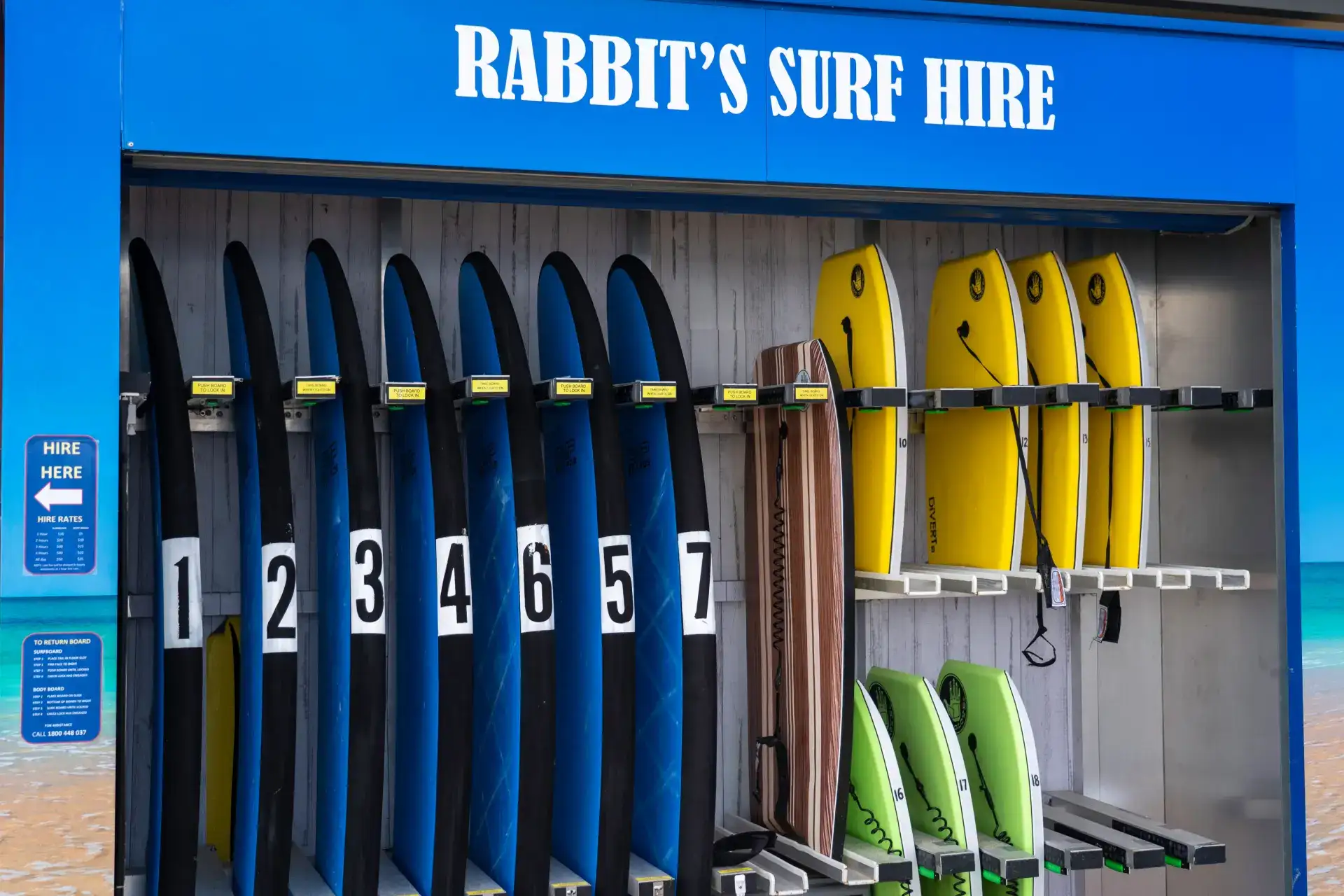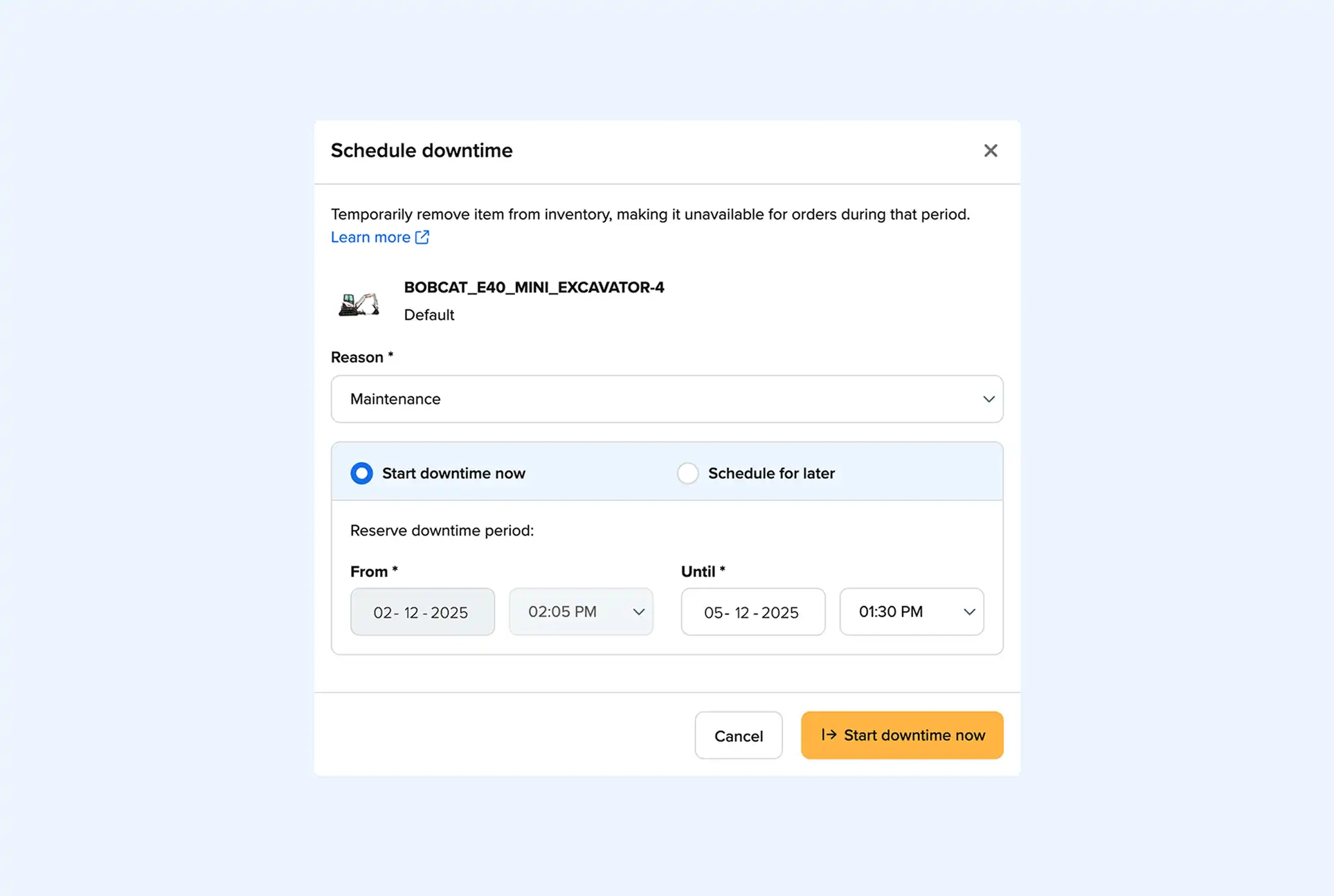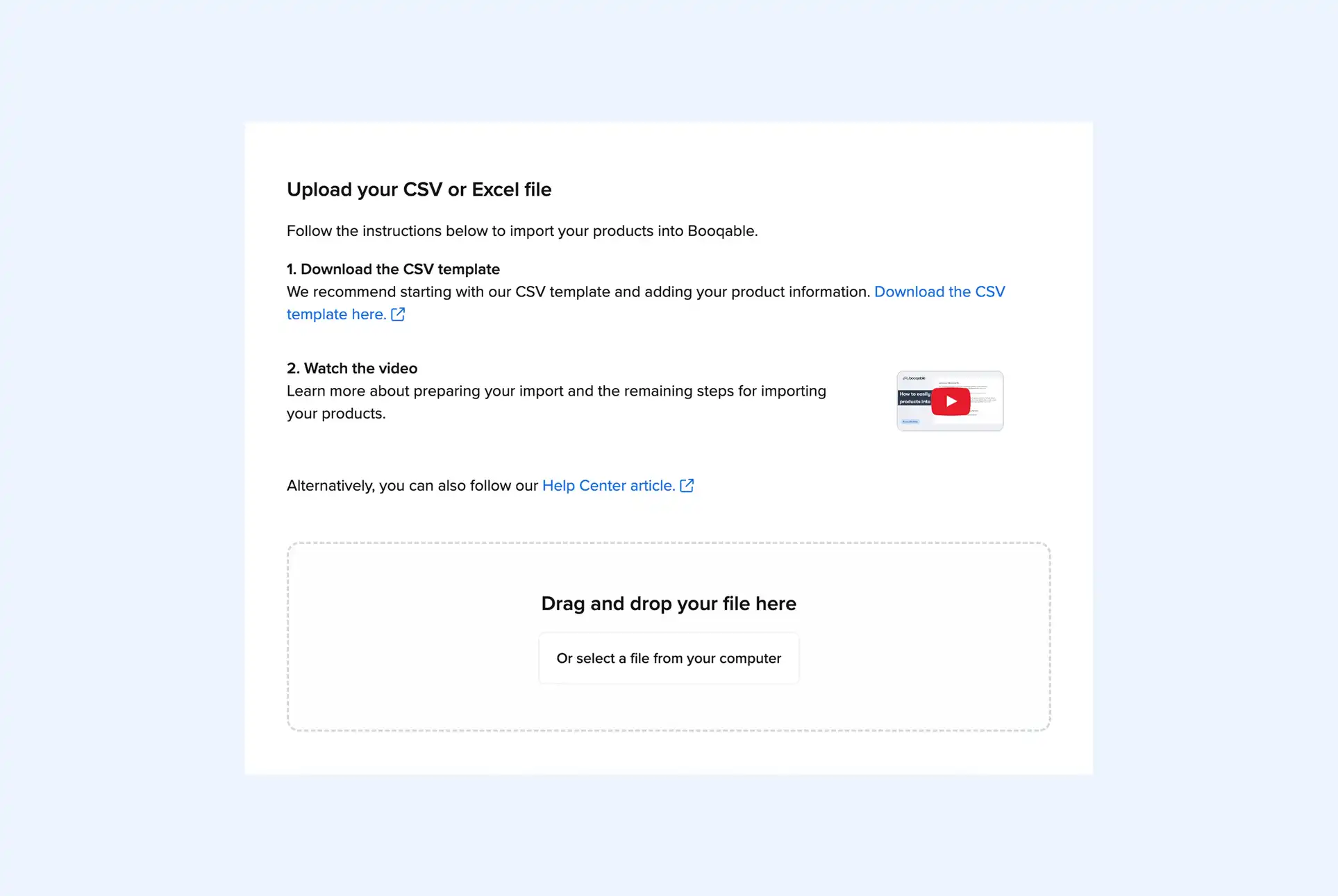In the dynamic world of equipment rentals, pricing is far more than a simple numbers game. It’s a critical business strategy that can determine your company’s market position, profitability, and long-term success. Whether you’re renting out surfboards, audiovisual equipment, or specialized tools, how you price your offerings sends a powerful message to your potential customers about your brand, the value you provide, and your place in the competitive landscape.
Setting the right prices involves a delicate balance of various factors. You need to consider your operational costs, the perceived value of your equipment, market demand, and competitor pricing. But it doesn’t stop there. Effective pricing also takes into account your target customer base, your business goals, and even the broader economic environment.
Analyzing the competitive pricing landscape
Understanding the competitive landscape is the first step in setting equipment rental prices. By analyzing your competitors’ pricing strategies, you gain insights into the market standards and identify opportunities to differentiate your offerings. Before setting your prices, conduct a thorough analysis of your competitors. This goes beyond simply noting their rates. Consider:
- Price ranges for different equipment categories
- Seasonal variations in pricing
- Bundle deals or loyalty programs offered
- Additional fees (e.g., delivery, insurance, late returns)
Example: If you’re in the construction equipment rental business, excavator rentals range from $200-$400 per day among competitors, with prices spiking during peak construction season.
Start your rental business for just $29/month
Put your toes in the water and test the demand in your area with a rental website for just $29/month.
Choose your equipment pricing persona
Choosing your pricing persona is crucial in defining how your business is perceived in the market. Whether you aim to be the cost-effective option or the premium choice, your pricing strategy should reflect your brand’s values and the level of service you provide. Let’s explore the pros and cons of adopting a budget-friendly or premium pricing model.
The price-fighter
Adopting a price-fighter strategy means focusing on being the most affordable option in the market. This approach requires careful consideration of operational efficiencies and volume targets to ensure profitability. Positioning yourself as the budget-friendly option can be tempting, but consider these factors:
- Operational efficiency: Can you streamline processes to maintain profitability at lower prices?
- Volume requirements: Calculate the rental volume needed to offset lower margins
- Customer expectations: Budget-conscious customers may still expect decent service. How will you balance this?
Example strategy: Offer a “no-frills” rental service with self-pickup and minimal add-ons, allowing you to undercut competitors by 10-15% on base rental rates.
The premium provider
Positioning your business as a premium provider involves offering exceptional service at higher prices. This strategy targets customers who value quality and are willing to pay a premium. Opting for higher prices with superior service can be lucrative but challenging. Focus on:
- Value-added services: Offer 24/7 support, on-site troubleshooting, or equipment training
- Quality assurance: Implement rigorous maintenance schedules and quality checks
- Brand building: Invest in marketing that highlights your premium status
Example strategy: Charge 20% above market rates but include comprehensive insurance, priority support, and offer free delivery for equipment.
Expand your offering for better flexibility
Expanding your equipment inventory can provide a competitive edge and greater pricing flexibility. By offering a mix of niche products, varying quality levels, and complementary items, you can appeal to a broader customer base and justify a range of price points.
Stocking specialized items that competitors don’t carry, offering both budget and high-end options within each category, and bundling leading equipment with accessories for value-added packages can give you significant pricing flexibility and market advantages.
Example: An AV rental business can offer A-brand products from brands like Sony, Canon, and Panasonic, and bundle them with B and C-brand accessories. This allows them to cater to different market segments and justify varied pricing structures.
Start with building your rental website
Every new rental business starts with a website to get their first bookings.
How to set equipment rental pricing
Setting prices for equipment rentals requires a blend of analytical and strategic thinking. Whether you’re pricing common equipment or unique items, it’s important to consider market averages, cost structures, location, and utilization rates. Let’s consider a framework for establishing prices that balance competitiveness with profitability.
For common equipment:
- Start with the market average
- Adjust based on your chosen strategy (price fighter vs. premium)
- Factor in your costs (acquisition, maintenance, storage)
- Consider utilization rates – lower prices might increase rentals and ensure profitability
- Set your prices based on location - top locations can charge higher rental rates
For unique items:
- Calculate your costs and desired profit margin
- Assess the item’s value to potential renters (time-saving, rare availability, etc.)
- Test different price points and monitor demand
- Be prepared to adjust quickly based on market response
Stay competitive with dynamic pricing
Dynamic pricing allows you to adjust your rates in response to market conditions and inventory levels. This flexible approach helps maximize revenue by capitalizing on peak demand periods and offering discounts during slower times. Implement a dynamic pricing strategy to maximize revenue:
- Seasonal adjustments: Increase prices during peak seasons, offer discounts during slow periods
- Utilization-based pricing: Adjust rates based on current inventory levels
- Time-based pricing: Offer discounts for more extended rental periods
- Customer segmentation: Provide different rates for different customer types (e.g., individual vs. corporate)
Example: Use software that automatically adjusts your prices based on the season of the bookings. During low season, decrease prices by up to 25%, and increase prices by up to 15% during the high season.
Join thousands of rental business owners
In the last 12 months, hundreds of people have started their business with Booqable.
Continuous equipment pricing improvement
Your pricing strategy should not be static; it must evolve based on market feedback and business performance. Continuously analyzing rental data, gathering customer feedback, and staying updated on industry trends is essential for refining your pricing approach.
Regularly analyze rental data to identify trends and opportunities, solicit customer feedback on perceived value, stay informed about market changes and new competitors, and be willing to experiment with different pricing models and promotions.
Effective pricing in the equipment rental industry requires a blend of market awareness, strategic thinking, and flexibility. By understanding your market position, differentiating your offerings, and continuously refining your approach, you can develop a pricing strategy that attracts customers and drives sustainable growth for your business.
Most important takeaways
Understanding competitors is key: Conducting thorough market research on competitors' pricing strategies helps establish a strong foundation for your own pricing decisions.
Choose your pricing persona wisely: Deciding whether to be a price fighter or a premium provider will significantly influence your market positioning and customer base.
Diversification enhances flexibility: Offering a diverse range of equipment, including niche and unique items, allows for greater pricing flexibility and market appeal.
Dynamic pricing maximizes revenue: Implementing a dynamic pricing strategy that adjusts based on demand, seasonality, and inventory levels can significantly boost your profitability.
Continuous improvement is essential: Regularly analyzing rental data, gathering customer feedback, and staying updated on market trends ensure your pricing strategy remains effective and competitive.




